Introduction
The definition of Indigenous people is varied. Depending on who you ask, where you go, who you are, the definition of the term will be varied. Usually, being indigenous means being the original inhabitants of the country. In this way, the indigenous people usually have a greater demand and connection to the country they come from - historically or at present. Although this aspect of indigenous peoples is largely universal - cultures, societies, appearances and peoples as a whole who identify as indigenous peoples are very interdependent and inherently unique. This is where it's important to rethink indigenousness.
The lives of indigenous peoples intersect in new and profound ways with the emergence of the ever-evolving 21 st century. Postcolonialist political systems, the growing rise of capitalism, and environmental issues are complex but contrasting concerns that affect the lives of indigenous peoples around the world. Unfortunately, long-standing prejudices and stereotypes of indigenous peoples have led to a challenging phenomenon in which these groups are only recognizable if they behave as "proper indigenous peoples". As a result, it can be difficult for these groups to free themselves from preconceived notions. This makes it challenging to effectively live in ways that are in line with belief or chosen lifestyle, regardless of relationship to heritage or traditions. With this in mind, I think it's time to rethink indigenity as we enter this post- modern times.
About Sardinia
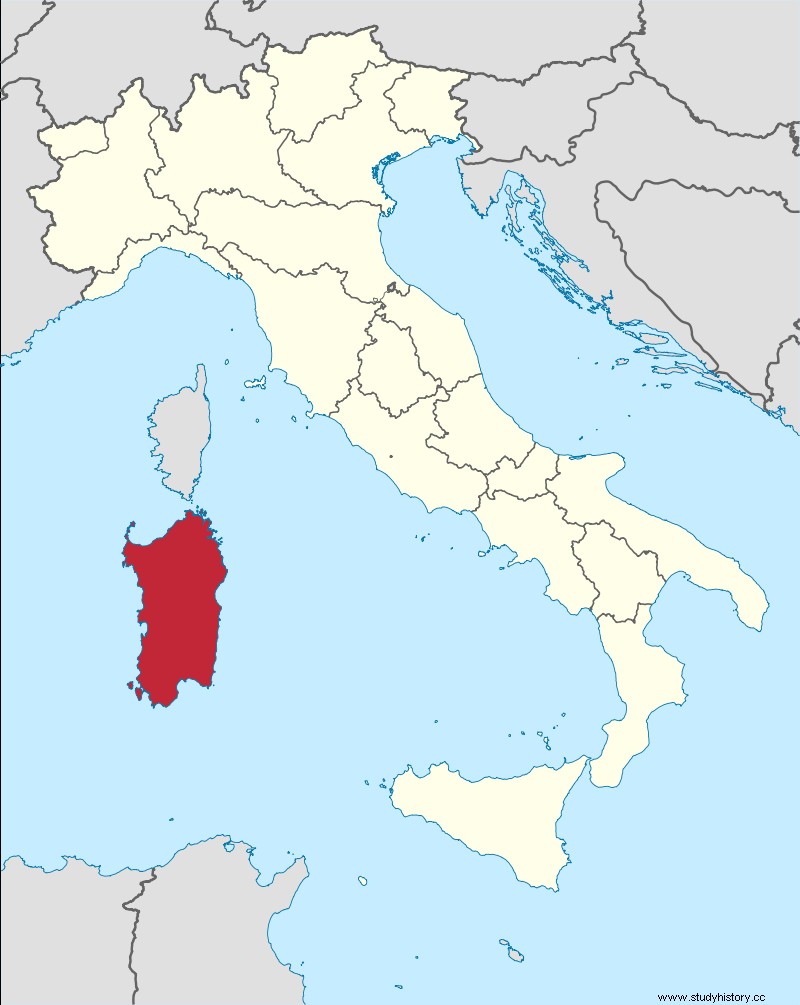
A perfect case study to re-evaluate the biases associated with people living in their country would be the people of Sardinia. The small island of Sardinia is located off the south coast of Italy, beautifully situated in the picturesque Mediterranean. The rugged and mountainous landscape is complimented by the huge coastlines and sandy beaches. Famous for its pristine and clear waters, travelers flock to this island paradise for summer and beach vacations. Tourists who know come in the spring when the flowers are in bloom, the sea water is warm and the temperature is lukewarm but temperate.
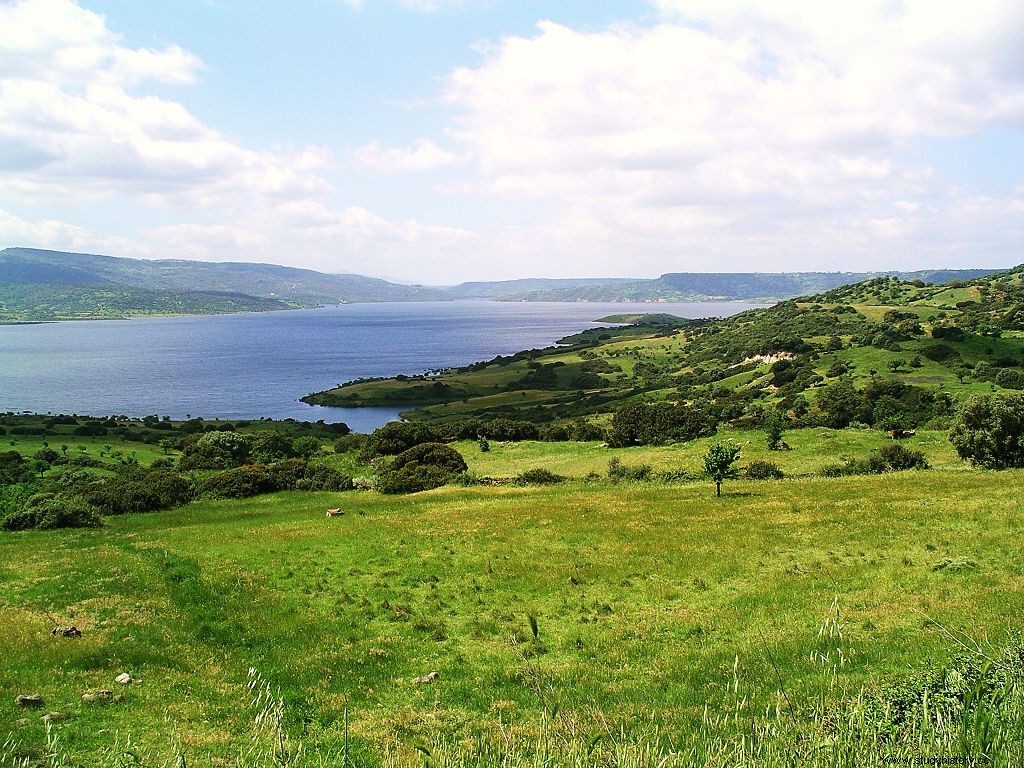
The people who live on the island are almost as vibrant and robust and unpretentious as the landscape itself. The culture is rich in folk traditions and has a linguistically unique history. Although Sardinia is part of Italy, the Sardinians are their own distinct group, and their allegiance to the island comes before anyone else. The culture is really a reflection of the landscape it lies in. From the food, to the architecture, to the festivals, for the people of Sardinia, their lives and communities are based on the country, and as a result they reshape the country to suit them. The art is beautiful but functional.
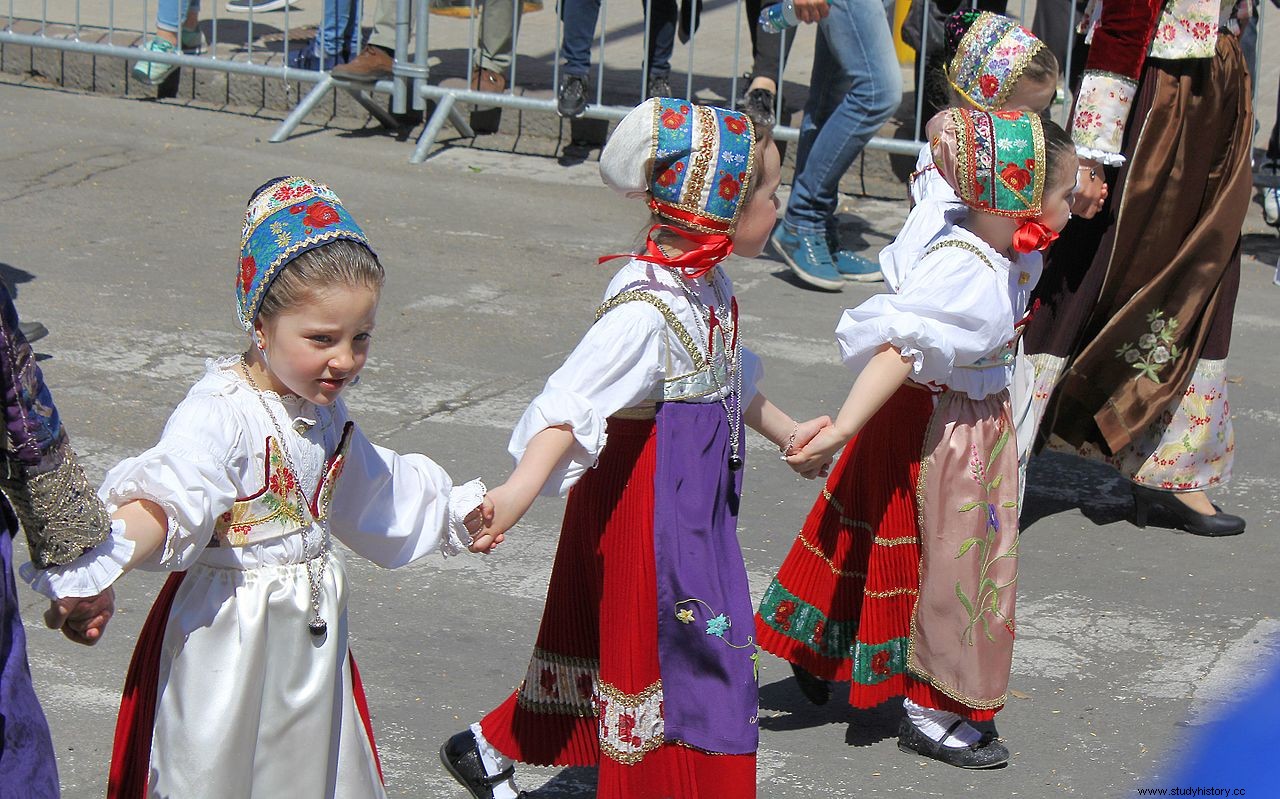
The village of Orgosolo:The city of murals
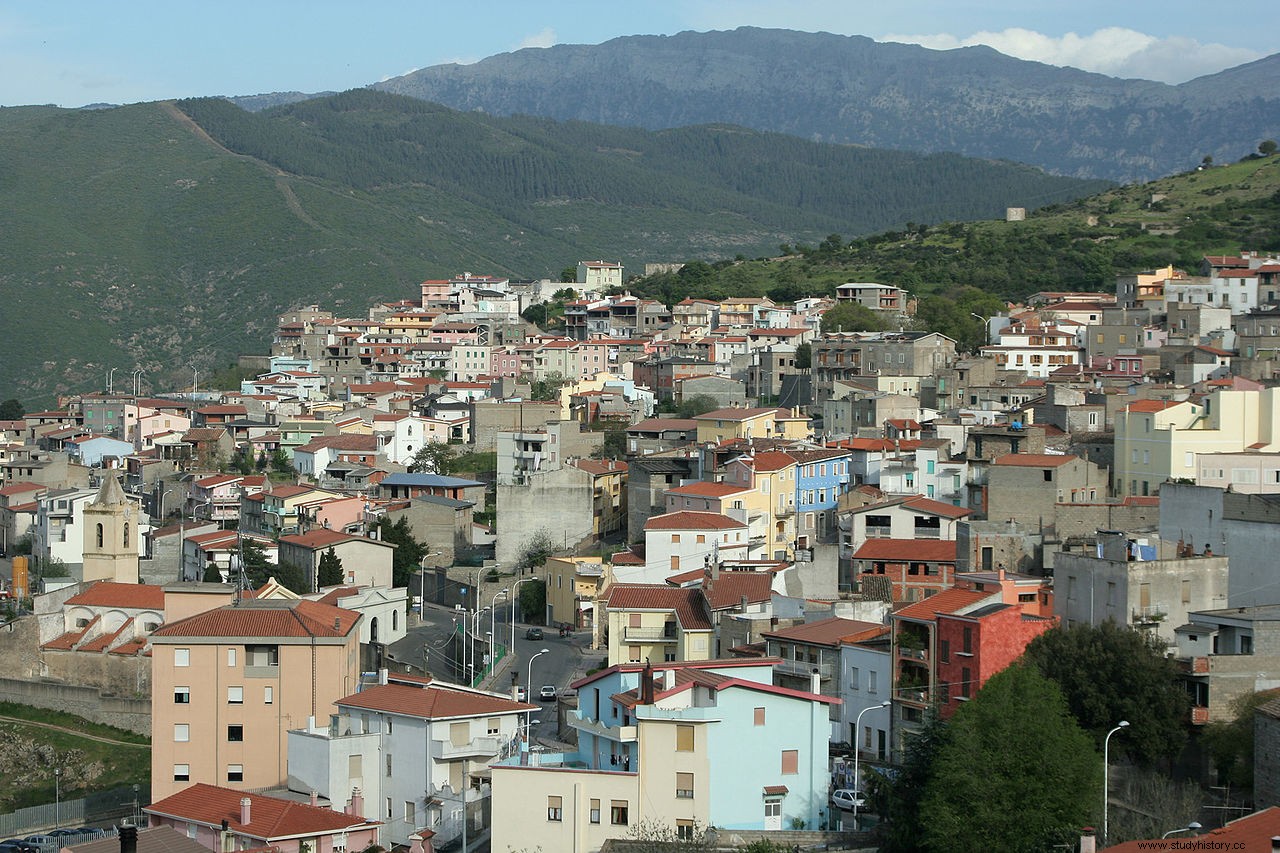
Although the island itself and the people as a whole present a very distinctive lifestyle and culture, perhaps the people of the remote village of Orgosolo are most closely associated with the country. Orgosolo is a small, poor central Sardinian town, which the people depend on the amount of land the country provides.
In addition, Orgosolo is known as the city of murals. Paintings became a major form of expression for the local population in the city after political and economic changes in the 1960s and 70s. Political unrest was followed by an economic boom. Often the murals were a way for the locals to depict everyday life in the city. The murals use art to reflect the lives of the Orgosolo people back to their own eyes. As time goes on, the murals burn competition and creativity in the city. They are a major tourist attraction, and are even considered for recognition of cultural monuments, as well as topics for various anthropological studies.
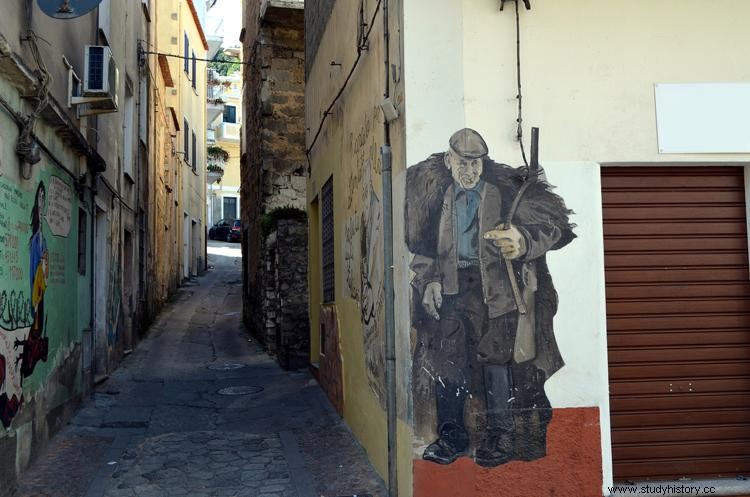
But over the last decade or so, the people of Orgosolo have struggled to uphold the rights to the land over which they have authority, and in the end they are deeply intertwined. These people, many of whom are shepherds, have for decades fought against the establishment of a national park on their municipally held land. They viciously call themselves "Indians" as "the land is stolen". Comparing the local, often more traditional people of Orgosolo with indigenous peoples elsewhere, is a direct way of reassessing indigenousness in modern times. This is largely because they are commonly referred to as significant historically and culturally seeded ethnic minorities.
This case study on innovation in indigenousness was originally presented by Tracy Heatherington in her ethnography " Wild Sardinia, indigeneity and the Global Dreamtimes of Environmentalism ”. The discussion mainly deals with the question of:are you indigenous enough to retain access to natural land and environments?
Historically, representations of indigenous peoples can influence how they interact with and thus have an impact on the environment and conservation practices in their own country. In Sardinia, this is no different. The population of Orgosolo has a deep local connection to the place. As Heatherington discusses in her book, many of the families in the area span generations back to the ancient history of the island. In many ways, their livelihoods have not changed over time. Instead, they maintain their connection to the country by passing on their agro-pastoral heritage from generation to generation, including traditional pastoralism farming and gathering.
Like other indigenous groups deeply connected to the country, the locals of Orgosolo consider the country a type of "cathedral". The places they depend on are rich in sacrifice, hard work, suffering and reward. The maintenance and preservation of this land is inherent in the well-being and sustenance of these people. Keeping ecosystems well-functioning, productive, clean and mostly completely natural is just part of what the people of Orgosolo do.
Fighting for land
However, these people have faced increasing pressure from governments and ENGOs to open a nature reserve on their land. The idea of the park was to help cross conservation and societal development with the opportunities for commercial tourism that come with environmentalism. The people of Orgosolo resisted this park, as it would result in the loss of their traditional territory, their cultural practices and ultimately their livelihood. The situation of the local population was exacerbated by 21 st century demanding call for environmentally friendly practices and the ever-growing need to protect the earth's resources and biodiversity.
Ironically, the places that governments and ENGOs address in the name of the environment are often already mostly preserved, well-protected lands that are maintained by those who are resident in it. When we talk about indigenous issues, a commonly used term is traditional environmental knowledge (TEK). Basically, this is the almost hereditary, innate cultural knowledge about the country. It also includes the very wealthy from the natural wilderness who have been present among almost all indigenous groups. When discussing the concept of rethinking indigenity, it is important to understand some of the aspects that are similar among people who share this defining concept. When it comes to having a form of TEK, the people in Orgosolo are no different.
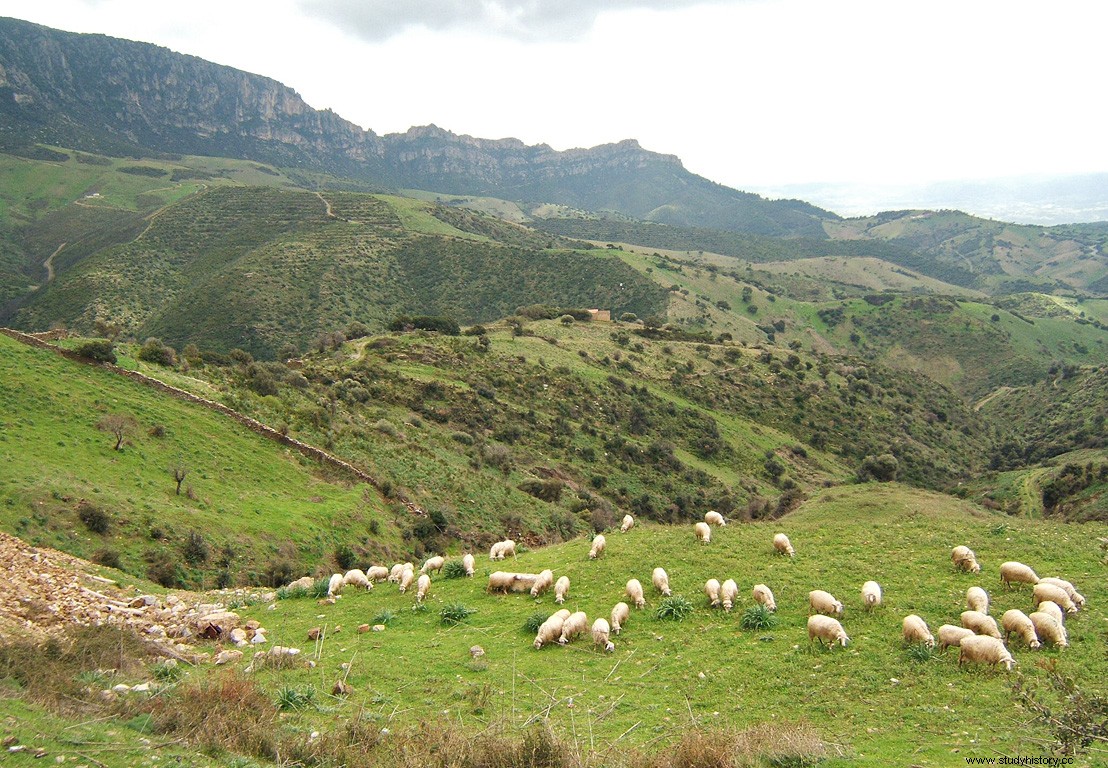
Part of the reason why the Commons (what this societal country is referred to) was so appealing to a national park is how pristine the Orgosolo people had left it. Or rather, how well they had shaped and maintained it. Unfortunately, the Western ideal of pristine wilderness tends to exclude the previous owners from the land, if they do not fit into certain "tribal vending machines" of immortality. In many ways, these outdated "tribal machines" rarely exist in many parts of the world due to the large assimilation of indigenous peoples in ordinary society in recent centuries. The image of indigenousness in the minds of most of the audience is a picture of past times. Of course, agriculture, the villagers of Orgosolo do not fit into this picture, which is why they struggled so hard to claim native rights to this land. Therefore, we need to change the way we think about indigenousness.
This is a point that is crucial as it concerns indigenous peoples' treatment in the media and by global environmental groups and companies. The idea of the park was to help cross conservation and societal development with the opportunities for commercial tourism that come with environmentalism. There is no doubt that Sardinia is an absolute picture-perfect destination. National parks are often major tourist attractions in themselves. Maintaining a pristine piece of land in the interior of the beautifully rugged landscape would seek to make a huge profit on tourism.
To the great despair of the government and ENGOs, the people of Orgosolo oppose this park, as it would result in the loss of their traditional territory. Locals consider the park harmful because it would prevent free hunting, woodcutting and pastoral herding on the Commons. However, the local population has become very famous for protecting the local Commons from fencing and privatization since the beginning of the 19th century and for having since then strongly opposed any project that would put the Commons under the control of outsiders or in private hands.
Environment, tradition and indigenousness
Environmentalists see Sardinian landscapes as clean, untouched, new land, while ignoring the fact that the locals have historically nurtured and developed the natural land around them. No country on earth is truly untouched by human hands. But for companies and governments and other powerful stakeholders, the idea of clean land in the name of conversation sells skewed ideas of what it means to be indigenous in the wrong direction. Heatherington also examines the problematic ways in which people in Sardinia are said to be rude, but as a result of their inconsistency with nostalgic, romantic views of traditions, is prone to outsiders claiming that they are not legitimate enough to claim authority over their cultural territory.
This is not unlike the situation for indigenous peoples around the world. Native North American groups are consistently challenged by majority groups in relation to their connection to the country, and for how much ownership they really should have to it. Significant in these arguments is the reference to either being for indigenous peoples, or not being indigenous enough. The root of it, these groups are judged because of their authenticity and the rights of people who are so distant from their culture that their only exposure to it has fitted into stereotypical "tribal vending machines", instead of the modern and malleable definition of rethinking indigenous peoples. has inevitably become.
During the competition that the national park was built on the common, the shepherds were left by powerful groups to have damaged the land and were unwilling to keep up with the times. Those in power could not understand the arguments of the locals that they needed this land, that they were good to the land, and that this was their home, and that they could not just leave it. Much of this can be attributed to bias towards already marginalized people present in the region, but it can also be seen as a lack of understanding of what indigenousness can mean, and the importance of rethinking impurity and our traditional and stereotypical notions of concept.
Perhaps if the inhabitants of Orgosolo had been perceived differently from their country, they might have found it easier to claim their rights. Unfortunately, all too often indigenous groups are only recognizable if they behave properly indigenous peoples; if they can be cast as environmentally sacred seamlessly adapted to what is considered appropriate ecological behavior. Since the people of Orgosolo had no approach to the environment with those in power, they were immediately seen through a skewed lens.
For consideration and reassessment of fraud
Thinking new about impurity will be crucial in dealing with indigenous issues in the future. As the people of Orgosolo demonstrate, many of these problems will be environmental. We must go beyond the misuse or misunderstanding of cultural identities to fit a kind of affirmation. When we consider this case study of the Orgosolo people of Sardinia, an important topic that emerged was the idea of being indigenous enough and what it means about identity, power, society and the ability to follow traditions that one finds appropriate. The people of Sardinia and Orgosolo have struggled to distinguish between an 'authentic' Sardinian identity based on the uniqueness of cultural and biological factors. In typical ideas of what indigenousness is, the history, monuments, language and landscape of Sardinia will be obvious representations of a group of people who are resident in a country that differs greatly from the outer majority.
However, this is not to say that the population of Orgosolo is marginalized in the same way as all indigenous peoples are. In Heatherington's discussion, their feelings and identification of indigenity were largely self-identified. However, it raises incredibly relevant questions on this important topic. What is clear is that 21 st century is no place for outdated notions or fixed perspectives on what it means to be indigenous. Thinking new about indigenousness and ideas about identity, origin, connections to land, rights and ownership are all an important part of moving our ideas on this topic.
For many indigenous peoples, their power and voice are simultaneously amplified and subdued by how well they fit into nice little boxes with public thought and meaning. In a changing world, it would be impossible to only have your identity authenticated if it fit into specific parameters of tradition and heritage. Being indigenous is not a "tribal column", it is not inherently exotic, nor is it always related to your heritage on a deep level. Ultimately, there is no wrong or right way to be indigenous.
Bibliography
Britannica. 2007. «Sardinia». https://www.britica.com/place/Sardinia-island-Italy.
Greca N. Meloni. 2018. “Making indigeneity:The Birekeeper’s Perspective”. On_Culture 5 https://www.on-culture.org/journal/issue-5/meloni-making-indigeneity/
Minority rights group. and "sardines". Minorities and indigenous peoples in Italy. https://minorityrights.org/minorities/sardinians/
Tracy Heatherington. 2011. Wild Sardinia, indigeneity and the Global Dreamtimes of Environmentalism . Seattle:University of Washington Press.
Trips2Italia. and "Sardinia Travel Guide" ". https://www.trips2italy.com/sardinia/main-t2i
University of Chicago. 2020. "Ancient DNA from Sardinia Reveals 6,000 Years of Genetic History". ScienceDaily. https://www.sciencedaily.com/releases 2020/02/2002424131137.htm
Valentina Serra. 2017. "Iceland geopoetics and the postcolonial discourse on Sardinia in German-language literature". Island Studies Journal 12 (2):21-290.
